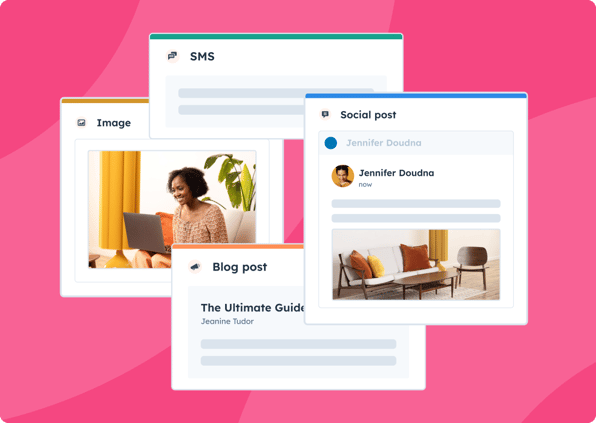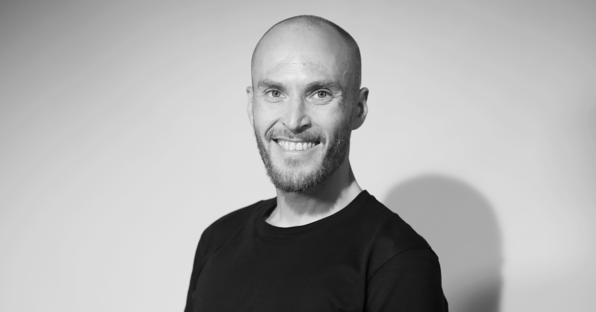Developing a mobile app is important for companies that want to stay ahead of the curve in their industry and provide the best possible customer experience.
Developing an app from scratch is a time-consuming and expensive process, and there is always the risk of investing in a product that does not necessarily catch on.
The Minimum Viable Product (MVP) approach is a good alternative to app development if you want to implement an app quickly at a low cost.
An MVP is a "product" with enough features to solve a particular problem for users and provide feedback for further development. It allows companies to test an app idea with minimal risk and investment.
In this article, we will go through what an MVP application is, how to implement it, its benefits and a few successful MVP implementations for inspiration.
Sound good? Continue reading 👇

(Image: Unsplash)
📱What's an MVP?
MVP (Minimum Viable Product) is a concept used in the development of mobile applications. It means the minimum viable product that contains only the most essential features and functionality. MVP development helps companies to test and validate their product ideas with the lowest possible investment.
MVP ensures that only the most essential features are included in the application, saving time and resources in development.
Once the MVP is released, user feedback is immediately collected and used to plan further development and improve the product.
This development approach allows the application to be developed to better meet user needs and improve the user experience.
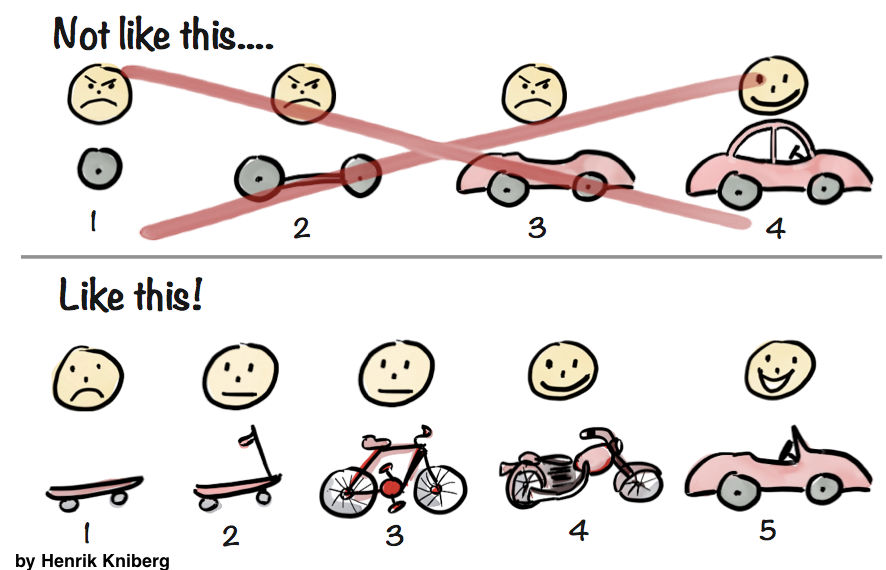
(Image: Interaction design org)
📱 MVP model development stages
Developing an MVP requires a systematic approach that takes a product idea from concept to launch. The four main stages of MVP development are:
- ideation
- prototype
- development
- launch.
1. Ideation: defining the problem and identifying the core functionality 💡
The ideation phase is the first step in MVP development, focusing on identifying the problem for which the application provides a solution and defining the core functions that address this problem.
This phase includes market research, competitor analysis and gathering user feedback to determine which features are most important to users.
By understanding user needs and pain points, a product can be created that addresses the biggest challenge.
2. Prototype: Creating a baseline for validation 🐶
The prototyping phase creates a basic version of the application to test and validate the core functionalities identified during the ideation phase. This can be done with wireframes, mockups or clickable prototypes to test the application and collect user feedback.
The prototyping phase is an important part of the development process as it allows testing of the application idea before committing to a fully functional product.
3. Development: Building an application from the core functionalities 💿
Once the core functionality has been selected and the prototype is ready, the development phase begins. This phase focuses on building the application from the prototype. In this phase, the agile development methodology (sprints) is used to quickly complete the first version of the application.
In this phase, the development team focuses only on implementing the selected features of the application to keep the cost and schedule of the application development under control.
Ideas for further development are entered into a further development list, from where they can be brought into development after the release of the MVP.
4. Release: Release the MVP and collect feedback to improve it 🚀.
The final phase of MVP development is the release phase. This phase includes releasing the MVP to the market and collecting early feedback from users. User feedback helps to identify the strengths and weaknesses of the application so that the development team can improve the application in future versions.
User feedback can also be used to identify new features that users are looking for. This helps companies to continuously improve the application to meet user needs and improve the user experience of the application.
The release of the MVP will accelerate time to market and allow further development of the application based on user feedback.
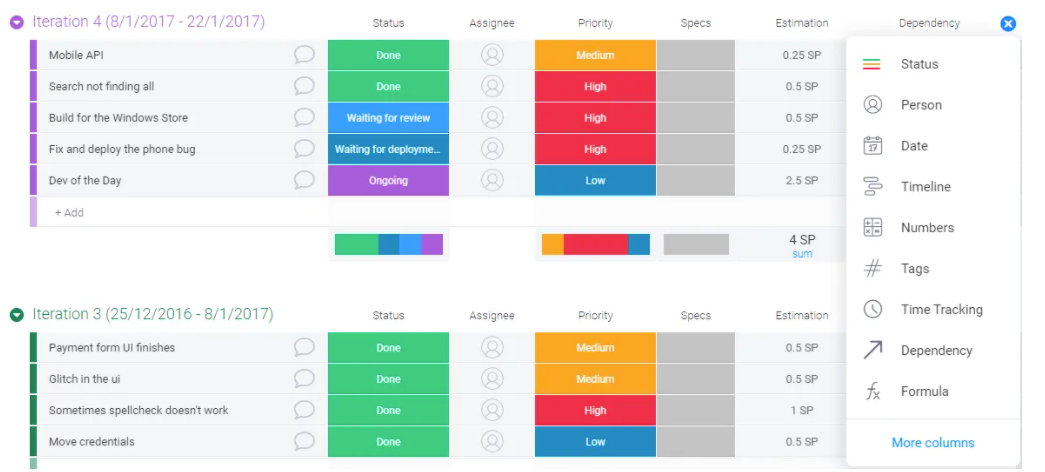
(Kuva: Monday.com)
♻️ Developing the MVP in sprints
MVP is implemented using agile development methods, which involve dividing the development process into smaller parts, or sprints. A sprint usually lasts between two and four weeks, during which a selected set of features are developed, tested and implemented.
This approach allows for a more iterative development process, where the application can be tested and fine-tuned during each sprint, and feedback can be collected from early adopters.
Sprints are planned based on the highest priority features and functionalities that are necessary to implement the MVP. By focusing on core functionality, the development team can create a product that meets the minimum requirements for a viable product while keeping development costs and time to a minimum.
Overall, using the MVP model in sprints allows for a more efficient and effective application development process with a greater chance of success in the marketplace.
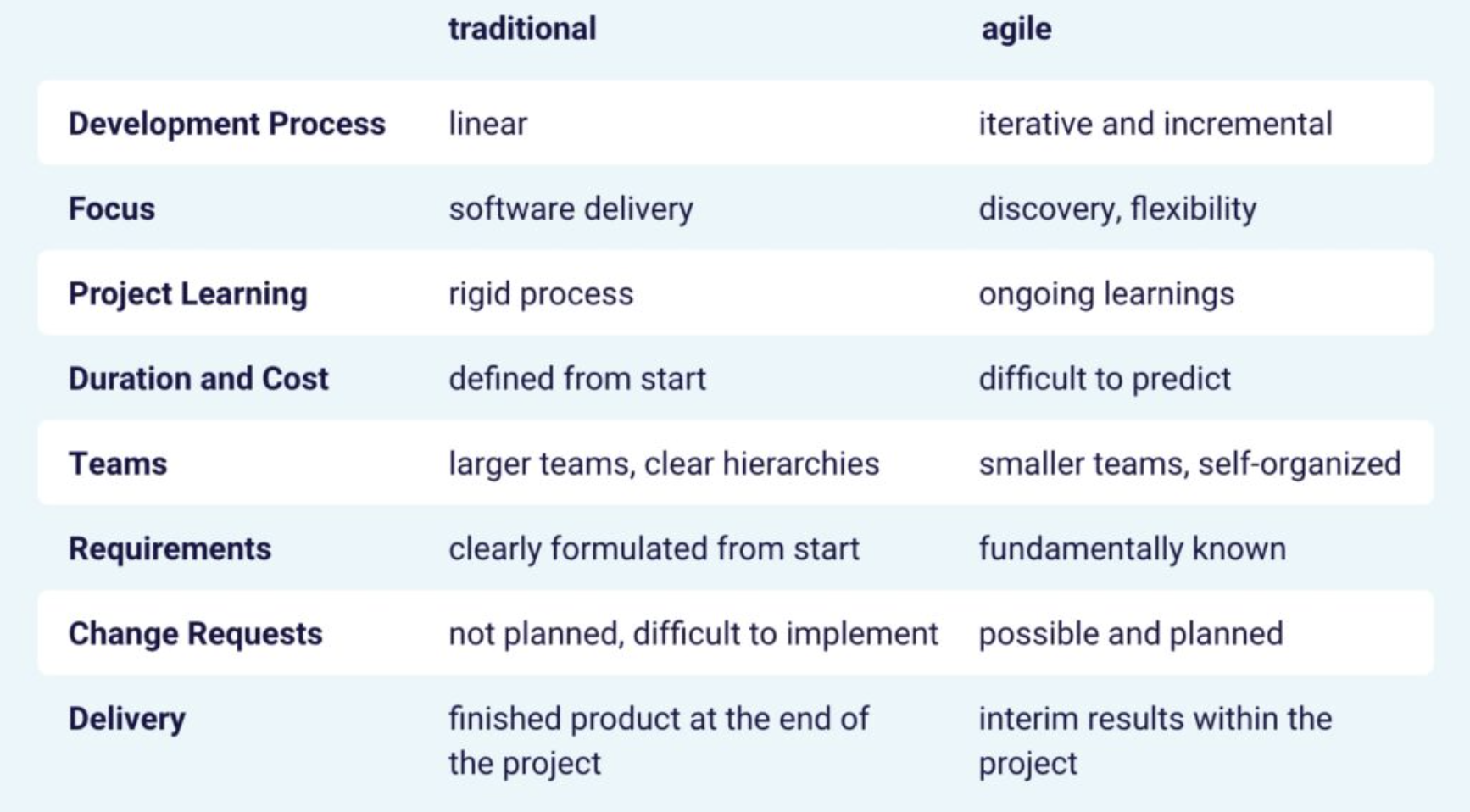
(Image: Volcom digital)
👥 Benefits of MVP development compared to the traditional development model
1️⃣ Cost-effectiveness
Developing an MVP application is cost-effective because it requires fewer resources, time and money than developing a fully featured application.
This approach allows companies to validate their ideas without risking investment.
2️⃣ Collection of user feedback
MVP development allows companies to get feedback from early adopters, which can be used to improve the product.
This feedback helps companies understand user needs and preferences, which helps them make better decisions about future development.
3️⃣ Time-saving
Developing an MVP application takes less time than developing a fully featured application.
This allows companies to quickly validate ideas, iterate features and pivot when necessary.
4️⃣ Reduce the risk of costs
MVP development reduces the risk of investing a lot of resources in a product that may not succeed.
Feedback from real users allows companies to identify potential shortcomings and make improvements before investing more resources.
📱 Few examples of real-life MVP apps

Case - 🏠Airbnb
Airbnb started in 2008 as a simple MVP app that allowed people to rent out floor space in their homes for accommodation. The app was initially only available in and around San Francisco, but as it grew in popularity, the company expanded it worldwide.
The original MVP app was very simple, with just a few basic features that allowed users to search for and rent accommodation. Airbnb's founders spent time in person with customers and collected feedback on what users wanted from the app. This helped them improve the app by adding new features and improving the user experience.
Today, Airbnb is one of the most popular accommodation services in the world, with more than seven million listings in over 100 countries. The app has evolved a lot from its initial simple MVP version, but its success started by offering a simple way to rent a space and collecting feedback from users based on that.
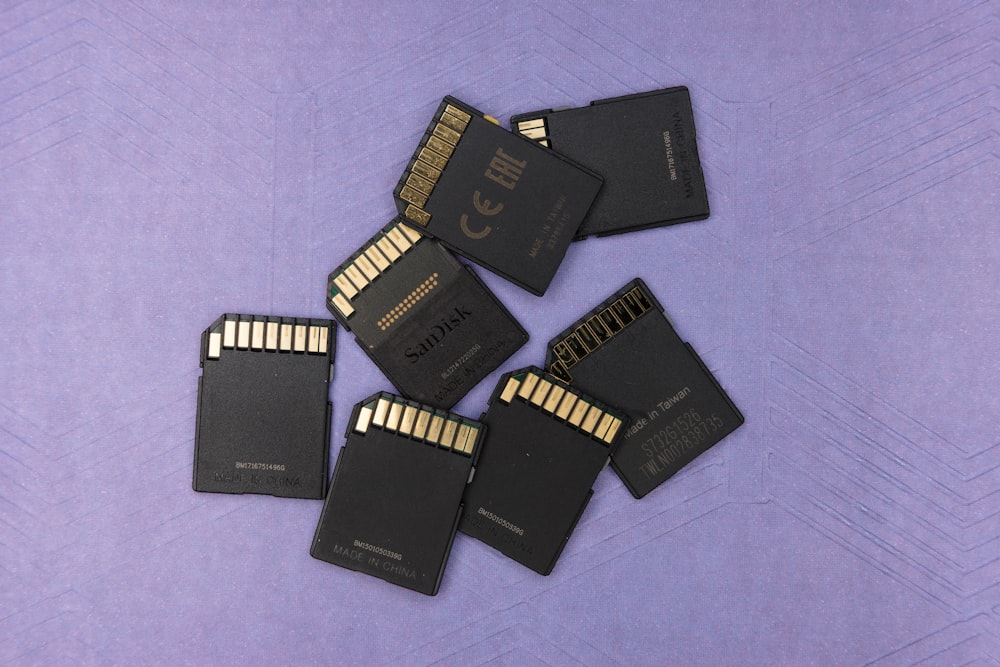
Case - 📁 Dropbox
Dropbox started as an MVP application in 2007 when its founders wanted to develop an easy way to store and share files in the cloud. The original version was very simple, with only a few basic features such as file uploading and sharing and storage management.
The Dropbox founders wanted to test their idea on a small budget and decided to use the MVP model to develop the service. They focused only on the key features that users needed and started collecting feedback from users based on that.
Dropbox's original MVP app proved to be a success and quickly grew in popularity. The company continued to develop the app and added new features based on what users needed. They also spent a lot of time collecting and analysing user feedback, which helped them to improve the user experience of the app.
Today, Dropbox is one of the most popular cloud services with over 700 million users. The app has evolved a lot since its original MVP version, but its success started with a simple idea that was tested with an MVP model and continuous user feedback.
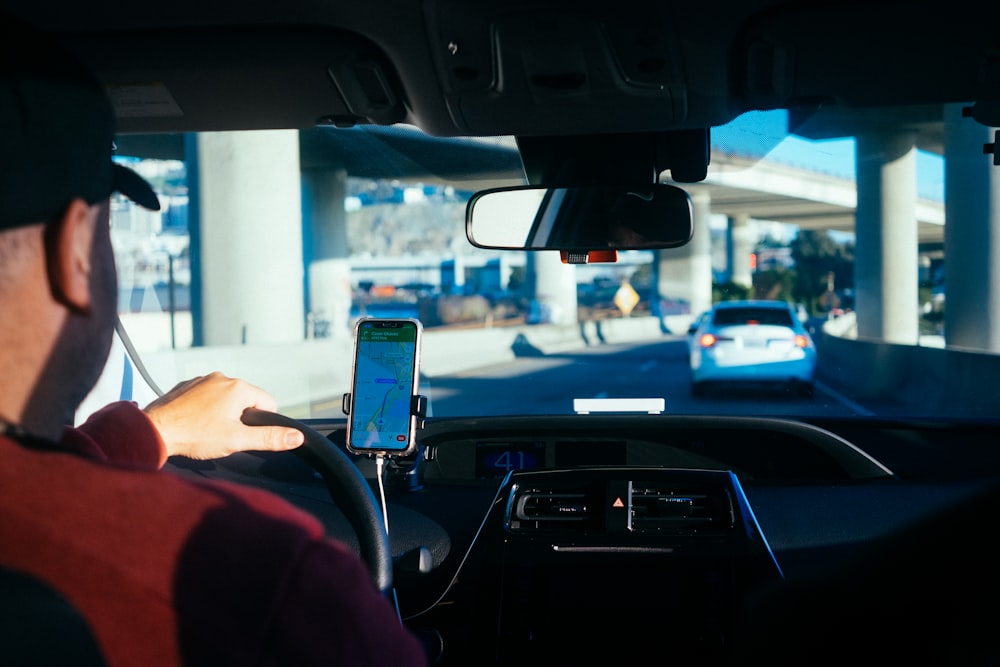
Case - 🚗 Uber
Uber started as an MVP app in 2010 when its founders wanted to create a simple way to order taxi services. The app was only available in San Francisco at first, but as its popularity grew, it quickly expanded to other cities and a global service.
Uber's original MVP app allowed users to order a taxi with the click of a button. The app linked the user and driver's location using GPS technology and gave users accurate cost estimates for the trip. This simple MVP version helped Uber gather feedback from users and improve the app based on that feedback.
Today, Uber is one of the world's largest taxi services, providing transportation in more than 10,000 cities around the world. But the company's success started with a simple MVP that provided users with an easy way to order a taxi.

(Kuva Giphy)
👨💻 Yhteenveto
MVP development is an important approach in mobile app development, helping companies to test the concept of their products and gather feedback from early adopters. It is a cost-effective way to develop applications and reduces the risk of over-investing resources in a product that may not succeed.
Real-life examples of MVP applications, such as Airbnb, Uber and Dropbox, show that successful application development can start with a simple MVP version designed for only the basic features that are needed. This approach allows companies to quickly validate ideas and, with feedback from users, allows them to improve the app based on that feedback.
So, if you're developing a mobile app, consider using an MVP model to test your ideas and gather feedback before investing more heavily.
Do you have an idea for your own MVP?
👉 Book an appointment and let's talk about how to turn your app idea into a working MVP









